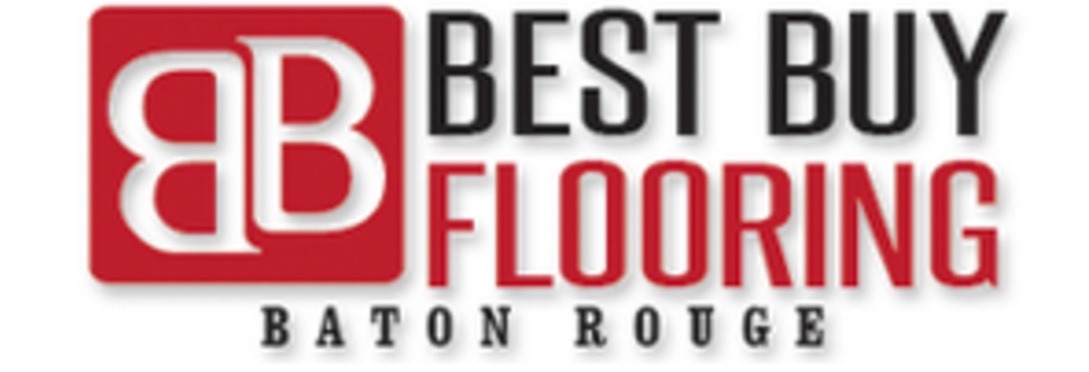Hardwood Color Trends
1. Dark and cool tones
Yes, the trend towards darker colors keeps growing and growing. It’s been on the rise for the last decade or so. We seem to find two types of customers – 1) ones that prioritize style over maintenance and they tend to go darker and darker (these customers tend to be households without kids (either “pre-kids” or kids that have gone to college) or wealthier households that have extra help to keep the floors extra clean) or 2) those that absolutely love dark floors but want to go a bit lighter so that the floors are easier to maintain.
Either way, one thing is consistent: Cool tones are strongly preferred. There is a strong move away from warmer tones (e.g. reds, red/brown blends or yellow undertones) and a preference towards browns that are more pure and cooler (i.e no red undertones). Cool tones are preferred both the walls (especially grays) and floors, and these work hand in hand together. I even see some customers blending in a touch of gray to the dark browns (both to lighten it a bit and to add coolness and depth to the color.
For those looking to go darker and darker, they are generally blending ebony/dark walnut (i.e. a 50/50 blend), ebony/jacobean or trying out the new true black. True Black is the newest stain from Duraseal, and as the name implies, it’s truly the blackest stain you can use – it’s more opaque for a darker look and more modern feel as it hides most of the graining you find in oak.
The picture to the right is True Black. It’s often a good solution if you find that you have a mixture of wood species in your home as it camouflages the differences more. But, true black floors do show every bit of dust, so be aware of this.
Darker floors are a bit more challenging to clean and maintain. For those looking to go dark, but a bit lighter (either due to preference or for easier maintenance), try dark walnut, antique brown, coffee brown or special walnut (or a blend of these).
2. Gray, gray blends and white washes
Yes, gray, gray and more gray. Gray flooring has been on the rise, and you can see it everywhere you go – in wood, tile that looks like wood, and gray vinyl planks that look like wood. I think I started to notice the trend and demand for gray hardwood flooring around 2010 or 2011. First, I really only saw this in pre-finished (or factory made wood), and it wasn’t until 2012 or so when I started to get lots of local customers ask us to refinish their existing floors and turn them gray.
Over the last 2 to 3 years, we’ve been seeing more variations on the grays where people will blend in some browns for a gray/beige (or griege) look. White washes have also grown in popularity (but they are also harder and more expensive to achieve with real hardwood).
3. Light, natural and muted
Yes, on the opposite extreme to dark, the 2nd most popular floor choice is light – i.e. going natural. But the theme is a consistent one. There’s a preference to drown out the yellows and go for cooler tones.
